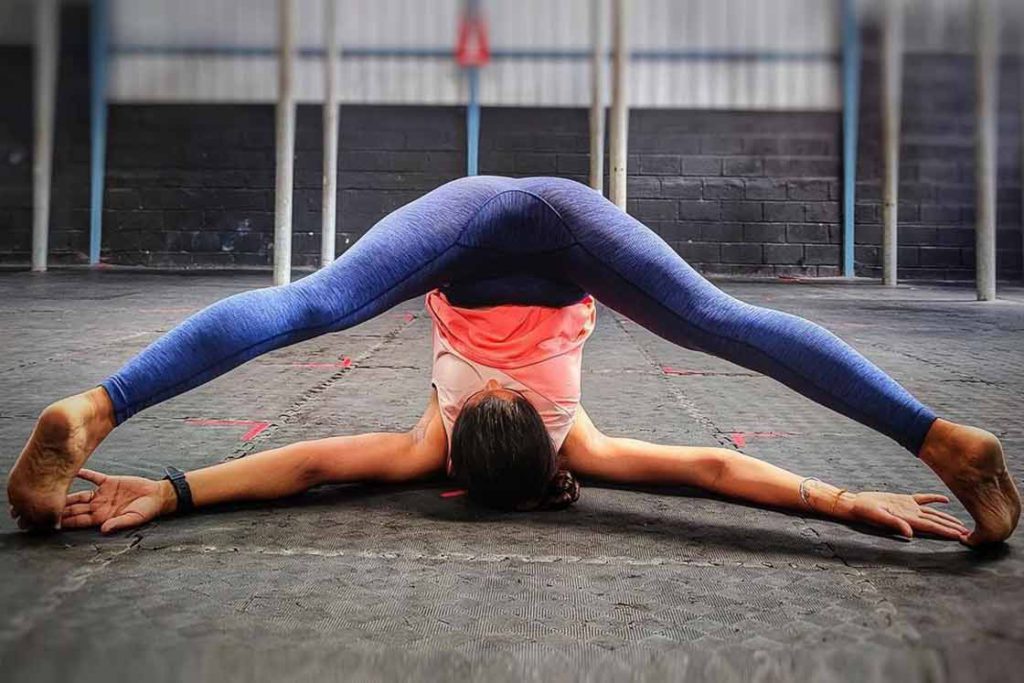
| Sanskrit Pronunciation | Supta Konasana (suph-tha-kohn-AHS-anah) |
| Meaning | Supta = supine or reclining / kona = angle / asana = pose |
| Pose Type | Supine, inversion posture |
| Pose Level | Advanced |
| Anatomy | Back muscles, hips, thigh, calf, leg, arm |
| Other Names | Reclining angle pose, supine angle pose |
Supta konasana is one of the restorative postures that you can use to begin your inverted pose experience. This is an advanced variation of halasana (plow pose) and forms a primary series of Ashtanga yoga.
Getting into the root terms, “supta” refers to “reclining” or “sleeping”, “kona” is “angle”, “asana” is “pose”. As the name very well clarifies it is performed reclining on the back.
Sleeping is associated with getting rest and re-fueling the body to proceed later. Similar are the effects of supta konasana as it rejuvenates the practitioner by strengthening the body head-to-toe.
Therefore, let’s dive into its practice guide beginning with the dos and don’ts of the pose.
Supta Konasana Practice Guide
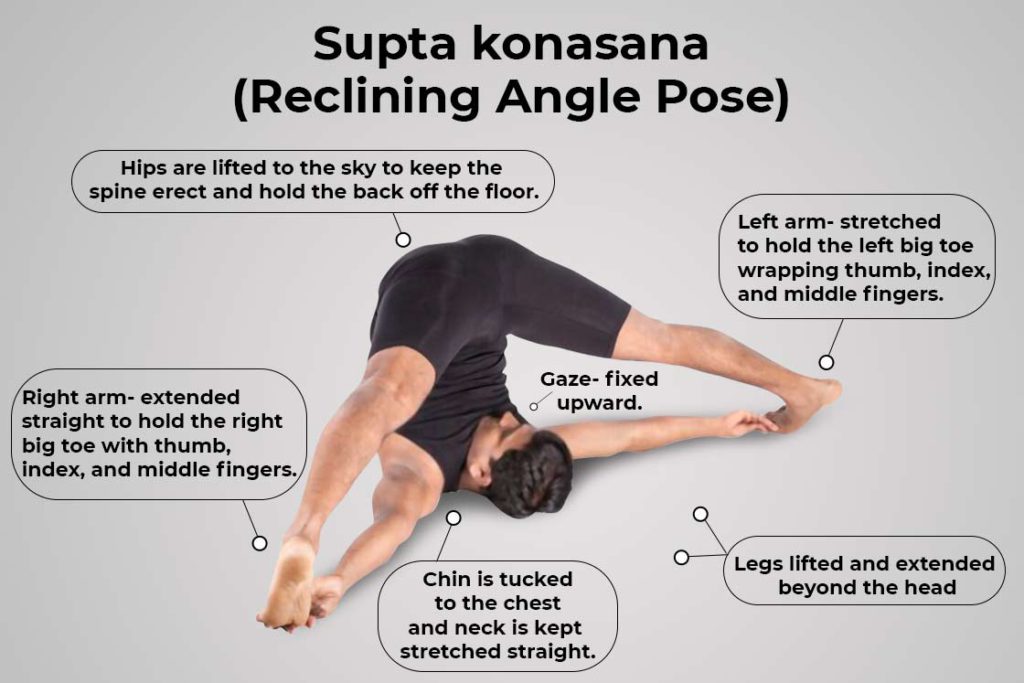
Contraindications
- Do not practice supta Konasana if you have pain or injury in the neck, back, or legs.
- Avoid this pose in case of slipped disc.
- Women during menstruation must skip this asana.
- Supta konasana must be avoided by people suffering from severe sciatica.
Preparatory Poses
Don’t forget to prepare the body for the reclining angle pose by warming it up using these preliminary poses:
- Hand Under Foot Pose (Padahastasana)
- Big-toe Pose (Padangusthasana)
- Wide-Legged Forward Bend (Prasarita Padottanasana)
- Supported Shoulderstand I (Salamba Sarvangasana I)
- Mountain Pose (Tadasana)
- Wide-Angle Seated Forward Bend (Upavistha Konasana)
- Standing Forward Bend (Uttanasana)
How to Do Supta Konasana (Steps)
- Lie down on your back extending the legs and arms straight on the floor.
- Inhale swinging the legs over the head until the toes touch the floor as in halasana.
- Raise your arms to grab the big toes with corresponding hands wrapping the thumb, index, and middle fingers.
- Exhale holding the toes separate the legs as wide as possible.
- Stay there for 20-30 seconds breathing deeply with an inverted but erect spine.
- Take a deep breath in to rock up onto the sit bones balancing hovering the legs on the air keeping the grip on the toes intact.
- Exhale gradually keeping the widely separated legs and chin on the floor.
- Inhale lifting the chest up and then release the hands off the toes.
- Bring the legs closer and relax in dandasana.
Follow-up Poses
Relax all the muscles that undergone pressure and contraction while supta konasana by getting into the following counter poses:
- One-Legged Shoulderstand Pose (Eka Pada Sarvangasana)
- Plow Pose (Halasana)
- Side Plough Pose Yoga (Parsva Halasana)
- Supported Shoulderstand I (Salamba Sarvangasana I)
- Corpse Pose (Savasana)
- Legs up the wall pose (Viparita Karani)
Precautions
- Avoid rounding the back after taking the legs behind the head.
- Do not bend your knees while landing the legs back on the floor during releasing the pose.
Props and Modifications
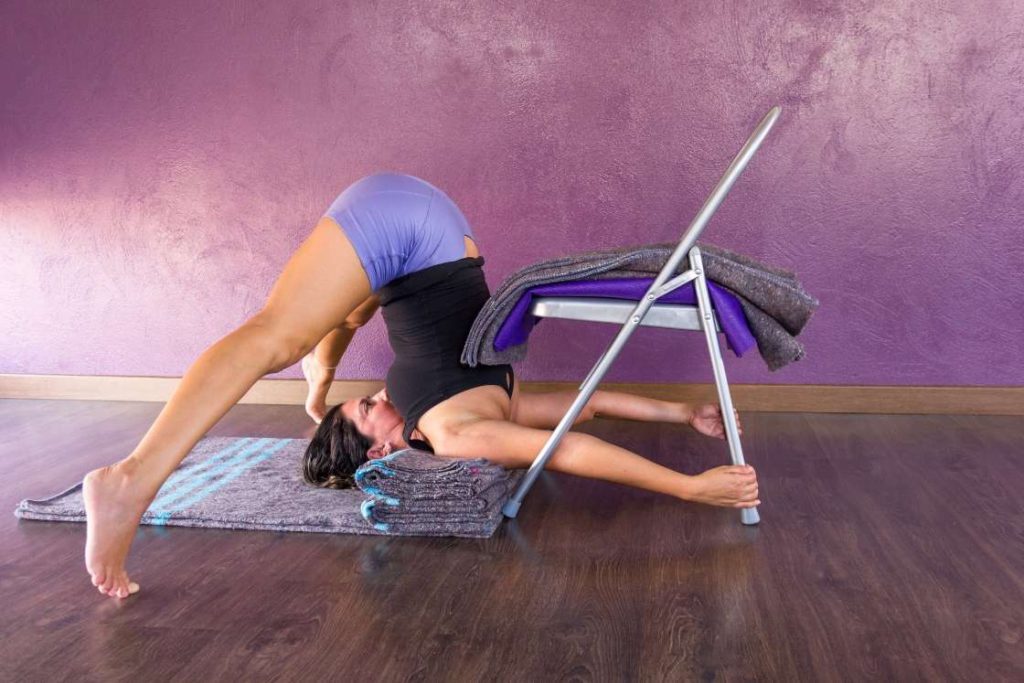
Supta Konasana in Iyengar yoga is performed using following props
- Blanket – Keep two to three folded blankets under the shoulders while lying onto the spine. The head and neck lie beyond the blankets. While rolling the legs behind the head, the stacked blanket protects the neck from getting injured.
- Chairs – Take two chairs and place each of them on both sides of your head. Keep them at one hand distance from your head. When you roll your legs to get into the pose land your legs on the chair. It makes the pose feasible if you’re unable to reach all the way to the floor.
Supta konasana variations
There are two ways in which this reclining posture can be modified, it includes:
1. Supta konasana B
In this variation, the practitioner lies down on the back. Then raise the legs to roll them over the head lifting the back of the floor. The arms are then extended to hold the ankles instead of grabbing the big toes. The further steps of parting the legs remain the same.
2. Supta konasana arm variation
In this variation, the legs are extended behind the legs reclining on the back however the arms are kept extended on the floor. The legs are separated apart and the hands are clasped behind the back and later raised off the floor to support the back.
Supta Konasana Benefits
1. Improves spine flexibility – Supta konasana stretches the back muscles in an inverted position. This lets the flow of blood and oxygen to the spine. Hence, providing nutrients to the spine and strengthening it. Therefore the spine become supple and elastic.
2. Strengthen the abdominal muscles – Folding the legs beyond the head while lying down in supine pose contracts the abdomen. It squeezes the abdominal muscles and promotes endurance. This eventually strengthen the abdominal muscles.
3. Improves digestion – As the abdomen undergoes contraction in Supta Konasana, it stimulates the internal organs. This promotes the secretion of digestive juices, enzymes and thus facilitates the efficient digestive organs. Hence, beneficial in aiding better digestion.
4. Tones the legs – The legs are separated wide apart pulling the toes. It stretches the hamstring muscles and strengthens the knee. The feet in the final position are kept flexed and quads are also contracted keeping the thighs engaged. This leaves a toning effect on the legs.
5. Strengthens the arms – With so much going on in the lower body, the arms are also getting benefits from supta konasana. The arms are also extended and stretched holding the toes. Even while getting out of the pose the arms are kept extended while landing the legs to the floor opening the shoulders.
6. Improves concentration – Supta konasana is one of the postures where the head lies below the heart. It supplies fresh blood to the brain, thus, provides soothing effects to the brain. Therefore improves the ability to focus.
7. Stimulates thyroid gland – Supta konasana stretches the neck muscles and leaves massaging effects on the thyroid gland. It regulates the hormonal flow and maintains the proper metabolism of the body.
Conclusion
Get yourself into the challenging yet beneficial supta konsasana and break the ice for the inversion postures.
Use this practice guide and keep the safety measures along with the instructions in mind to land safely into supta konasana.
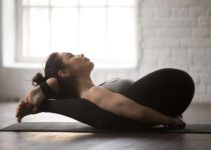
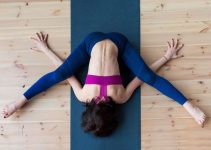
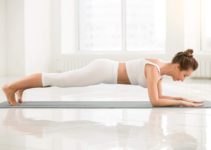


This is not supta baddha konasana. I don’t know what it is…it looks like sarvangasana meets halasana meets a straddle. It is NOT supta baddha konasana.